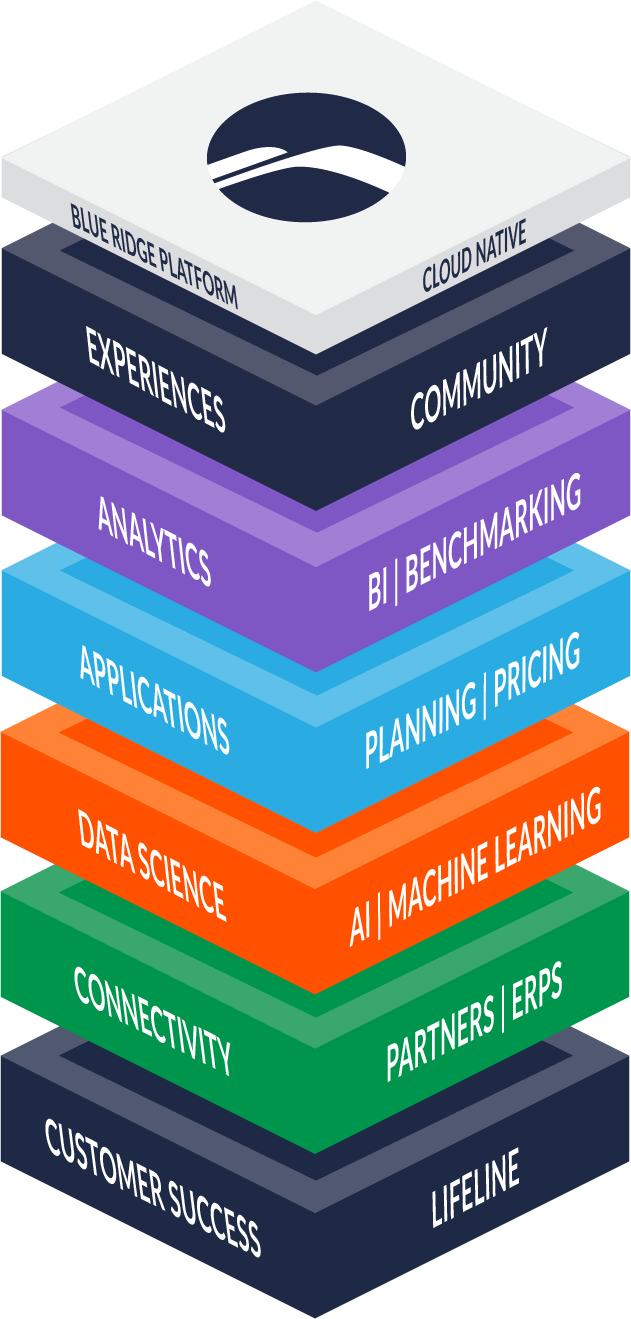Automation Trend: Pairing Supply Chain Planning with Price Optimization
by Mike Mills | January 28, 2021
Automation, Control & Plant Intelligence - Articles, Analysis, Reviews, Interviews & Views
by Mike Mills | January 28, 2021

Companies need to evaluate current technology and measurement tools to discover where to improve and invest. When it comes to inventory, nearly half of all companies are able to offer different service levels based on the importance of items or clients. Others use tools that evaluate plans based on demand changes and reconcile sales, purchases, and other financials with budgets. Sadly, more than a quarter of companies fail to use any of these tools.Revenue improvement must be the main goal and better forecasting and inventory management coupled with price optimization accomplishes that goal.
YOU MAY LIKE:
Popular Articles
Manufacturing Insights